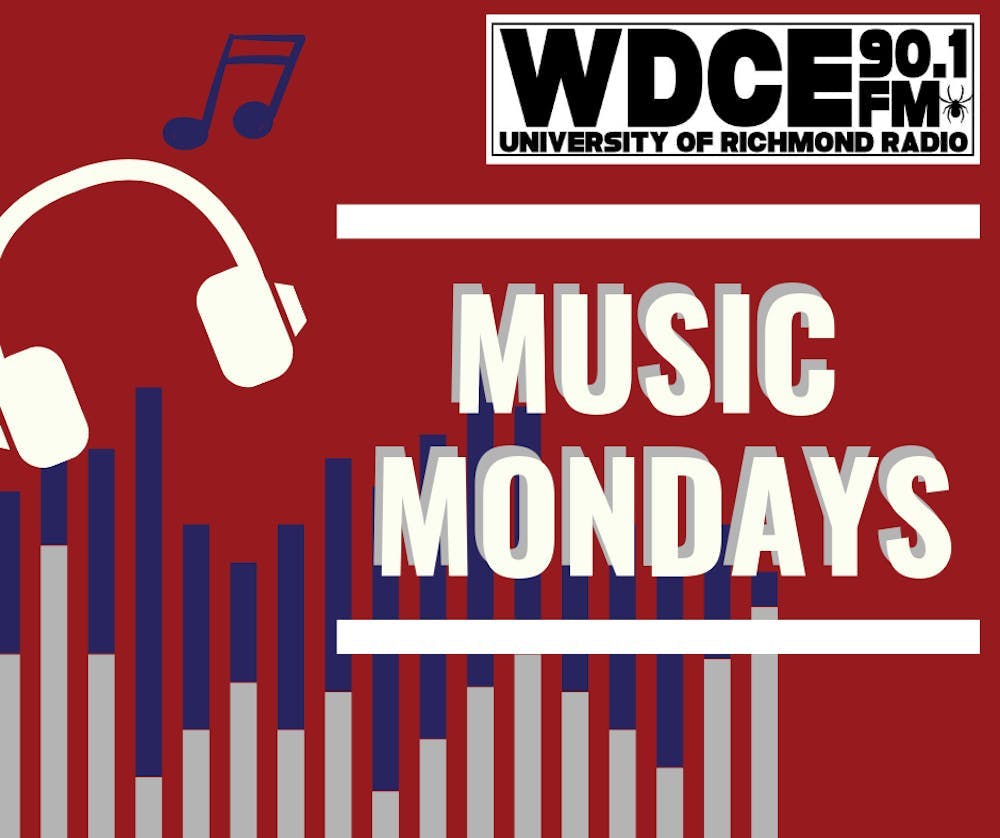What if peace doesn’t begin with treaties, negotiations, or words at all? What if it could begin with sound?
All summer I have been asking myself, “Can music be more than art? Can it be a tool for peacebuilding, as a bridge across divides that language alone can’t cross? Can rhythm and melody soften edges of memory, reimagining the future?”
Indonesia, often reduced to images of Bali, surfing, and the movie “Eat, Pray, Love,” gave me a glimpse of an answer. Beyond that single story, it’s a vast tapestry of cultures, faiths, and histories. And in the spaces where these differences meet, music often steps in as a binding force.
Take gamelan, a layered ensemble of ‘metallophones’ whose tones vibrate as though they rise from the Earth itself. In Java and Bali, these instruments accompany both sacred and secular life: the call to rituals, the rhythms of dance, the puppet dramas in theatres, the heartbeats of cultural music festivals. But what struck me the most was how the same instruments filled mosques, temples, and churches. These instruments rise not toward one god but the divine itself, whose naming is left to the discretion of believers. A single sound seems to blur the boundaries of religion.
Here, the faithful are not drawn by doctrine. They are drawn through resonance.
This is not unique to Indonesia. Across the world, we find music stepping into the work of peace when politics fall short. In West Africa, the Griots community is often regarded as “living archives:” people who memorize and share histories of their families, clans, and empires.
When books failed to account for the existence of their communities, people turned to instruments, oral histories, and melodies shared from knee to knee. They play various instruments to liven the histories they speak of — all to ensure that their histories are preserved. They are not entertainers; they are conservators of history and culture. Songs, here, are used to hold the weight of connecting communities to their roots.
Can this be proof that we can weave harmony where speech hesitates?
Then, of course, there is Bosnia and Herzegovina, my home. The place where sevdalinka carries centuries of longing, love, and survival. But what is a sevdalinka?
Sevdalinka is a traditional Bosnian folk music genre, characterized by intense melodies of longing, unrequited love, and melancholy. Recognized among the UNESCO Representative List of Intangible Cultural Heritage of Humanity in 2024, the “Blues” of our region blends both Slavic poetry and music from the Ottoman Empire. This ancient form of love song is still sung today, despite political shifts, tensions of ethnic identity, and wars.
Songs, therefore, aren’t just melodies. They are archives. They hold within them the ache of exile, the sweetness of return, and memories of coexistence. Sung in Ottoman courtyards, hummed in kitchens, sevdalinkas blur the boundaries of governance. Who governs, and who is governed, when music resists such structures? When its authority rests not in law but in resonance, in knowledge only the native ear can comprehend?
Sevdalinka, like gamelan, reaches beyond its origins. Though born of Bosnian Muslim tradition, it belongs to all those who hear it. Croats and Serbs have sung it. Diaspora carries it across oceans. It is at once deeply particular and universally human. For unlike borders or decrees, song cannot be contained.
Enjoy what you're reading?
Signup for our newsletter
This, I think, is the hidden power of music for peace. It teaches us plurality without fear. Resists borders. Belongs to everyone who hears it. Once struck, it lives simultaneously in multiple bodies. To make music together is to breathe in unison, risking vulnerability and trusting others will join on. In this sense, every ensemble is a rehearsal for peace.
But music also does something more subtle. It reaches places words can’t go. When trauma resists narrations, songs can hold the weight of sorrow without breaking. When dialogue breaks under the pressure of politics, melodies open spaces for emotion, memory, and spirit. Sound bypasses argument, it resonates with the body.
The vibration of a drum can make the whole crowd sway as one, can’t it? A hymn can move strangers to tears. The opening note of a sevdalinka can summon memories you didn’t know you carried. This is not just art. This is … spiritual technology? A way of being together.
So when I ask, “What is the connection between music and peace?”, I do not mean music alone can end wars or rewrite history. But it can prepare the ground. It can soften hearts hardened by ideology. Awaken empathy where silence overtakes. It reminds us of our shared vulnerability, our shared humanity, and our shared longing for something beyond ourselves.
Peace, after all, is not just the absence of conflict. It is also the presence of connection. And connection is what music does best. Just think of all the Spotify Wrapped stories you have seen on your timelines, and you will know exactly what I am talking about.
Maybe peace begins not in words, but in resonance. When we listen, we are reminded that sound carries a wisdom older than politics. To breathe together, move together, grieve, and rejoice together is itself a form of peace. Music governs without force, binds without law, and speaks a language no decree can fully silence.
Contact contributor Farah Šertović at farah.sertovic@richmond.edu
Support independent student media
You can make a tax-deductible donation by clicking the button below, which takes you to our secure PayPal account. The page is set up to receive contributions in whatever amount you designate. We look forward to using the money we raise to further our mission of providing honest and accurate information to students, faculty, staff, alumni and others in the general public.
Donate Now

